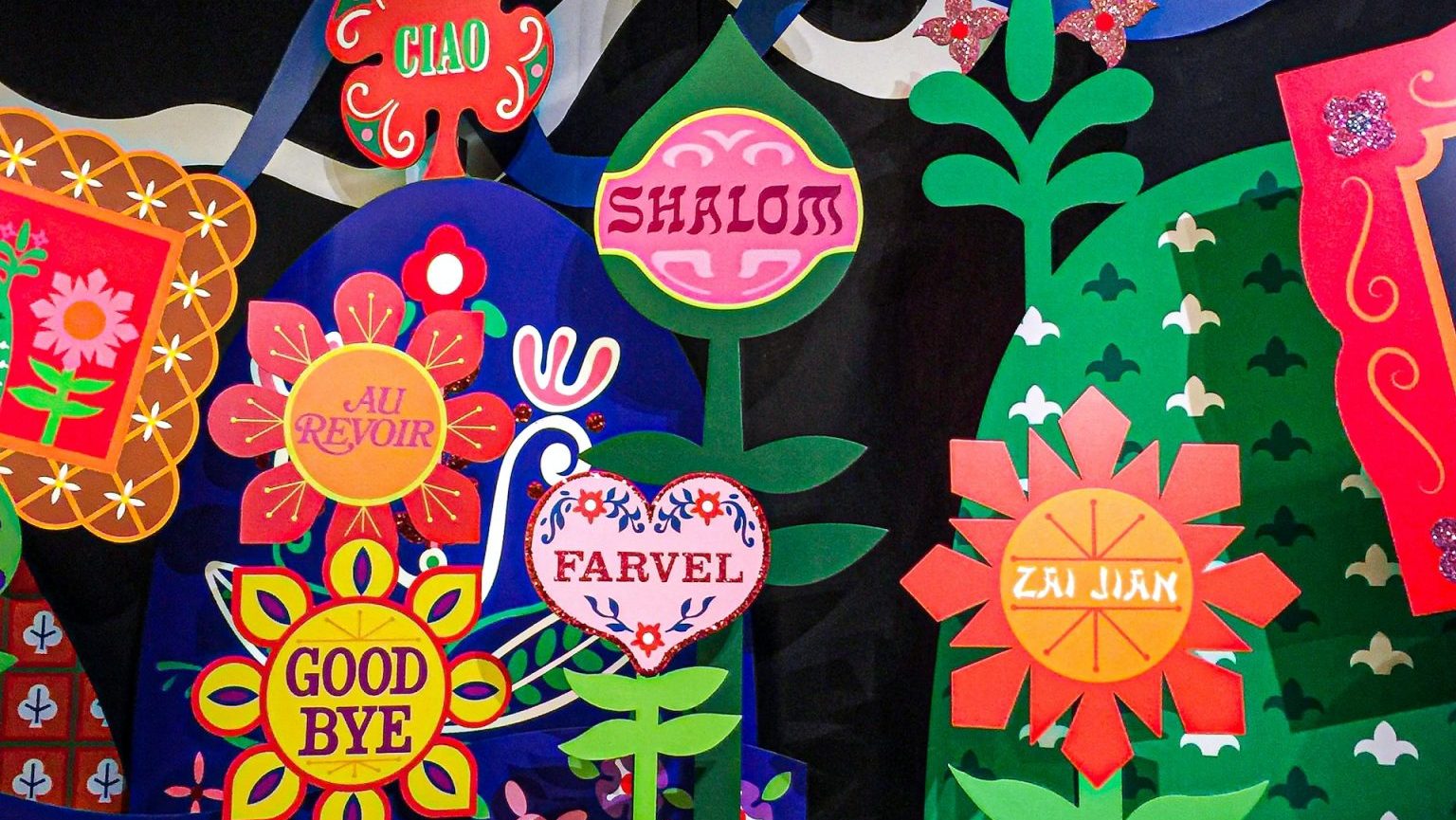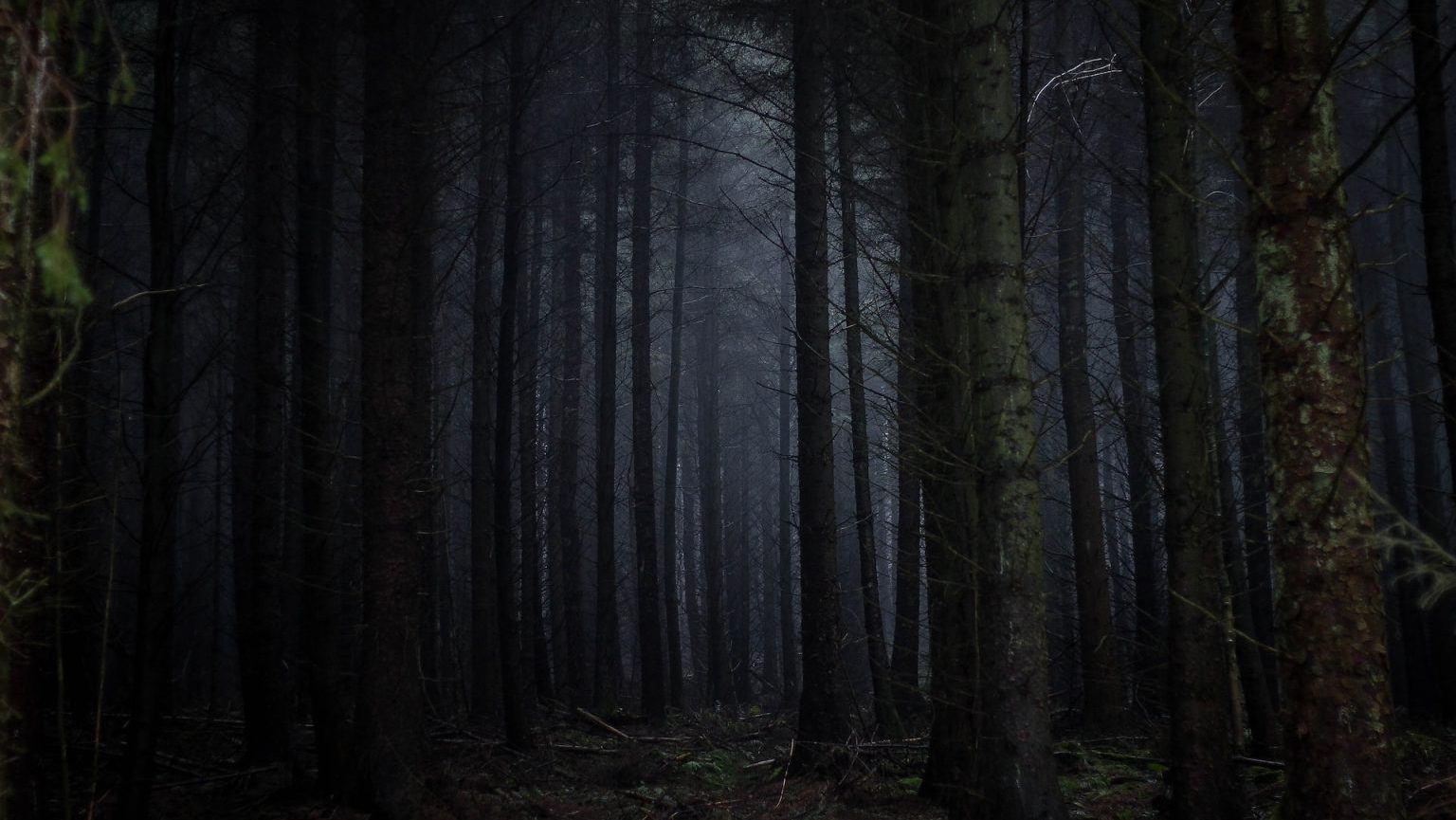Striking the Colors: Wonder Woman’s New Look

Leave it to a comic book icon to cause a flag-related stir as the 4th of July weekend approaches. Wonder Woman, everyone’s favorite 69-year-old Amazon, celebrated the 600th issue of her signature comic book with a whole new look that leaves the red, white, and blue behind (shown). Feminists, or at least some of them, applaud long pants replacing hot pants. Conservatives, however, read more nefarious, even un-American impulses behind the alteration of the familiar figure. When Wonder Woman strikes the colors, is she striking back at America?
Only Superman and Batman have appeared longer on a continual basis in comic books than Wonder Woman, except for a very brief hiatus in 1986. Diana Prince, Wonder Woman’s alter ego, first appeared in All Star Comics #8 in December 1941, just as patriotic fervor reached fever pitch in the wake of Pearl Harbor and America’s entry into World War II. Coupled with that flag waving in Wonder Woman’s conception was the unique mindset of the Amazon’s “father,” psychologist William Moulton Marston, creator of the polygraph and holder of unique views on bondage. From the very beginning, sex and patriotism merged in the very DNA of Wonder Woman. This new look breaks those ties, for better or worse.
Much ink has been spilled over Wonder Woman’s visual assets and their presentation in the comics. (A fine, annotated rundown of this visual history in Wonder Woman covers appears here.) Critics on both sides of the sexual showdown have thought long and hard over Wonder Woman’s changing curves and the clothing that (often barely) contained them. Marston’s bondage fetish lived on in the iconography of these covers long, long after the good doctor shuffled off this mortal coil. The famous golden lasso compelling truth in others often found itself binding Wonder Woman herself in various states of distress. All this took place, with the exception of a few years in the late 1960s and early 1970s, while the daring damsel in distress wore her adopted country’s colors.
Conservatives, voiced most concisely by Fox News (of course), fear that Wonder Woman losing her American look is an attempt to “globalize” the character as part of the larger “plot” to homogenize all that’s American into the reverse melting pot of the rest of the world. Somehow, putting on a pair of pants no longer threatens just the male status quo, but also American hegemony. Not even the Amazonian Princess’ golden gauntlets can deflect this level of criticism.
In one sense, it’s encouraging to think that we care enough about the state of visual symbols such as superheroes, America’s unique form of native mythology. In another sense, it’s discouraging that we can’t seem to discuss the real subtext of this change. Wonder Woman’s previous striking of the colors came during the height of the Vietnam War protests, when the fight over the flag and what it meant nearly tore it and the country apart. This new striking of the colors coincides with our present wars of questionable nature. I’m not saying that the comic book artists intentionally made a political statement. This costume change, however, becomes a political statement in the climate that may have (however indirectly or subtly) inspired it. The bustier remains, as do trappings of the old costume, but the de-emphasizing of Wonder Woman’s jingoism says more about our times than it does about a fictional hero.





